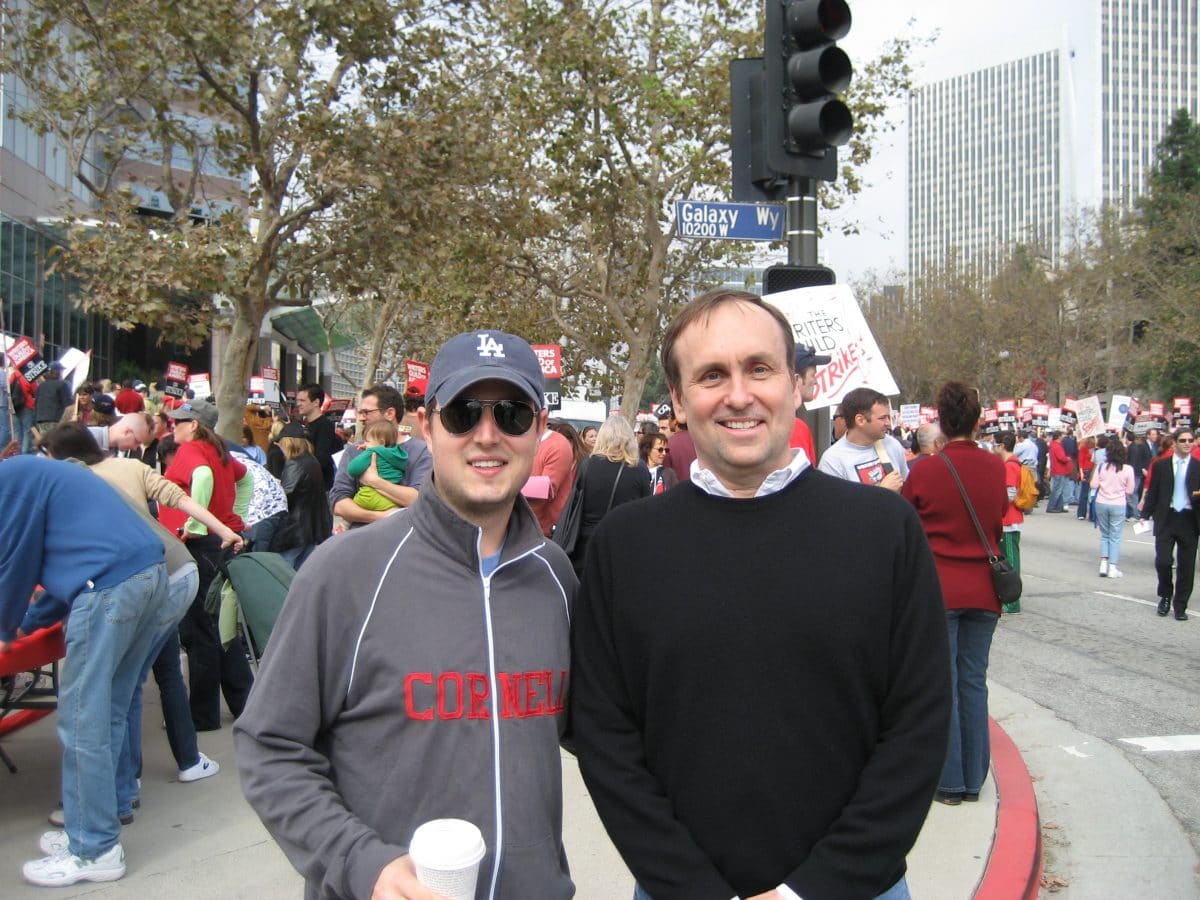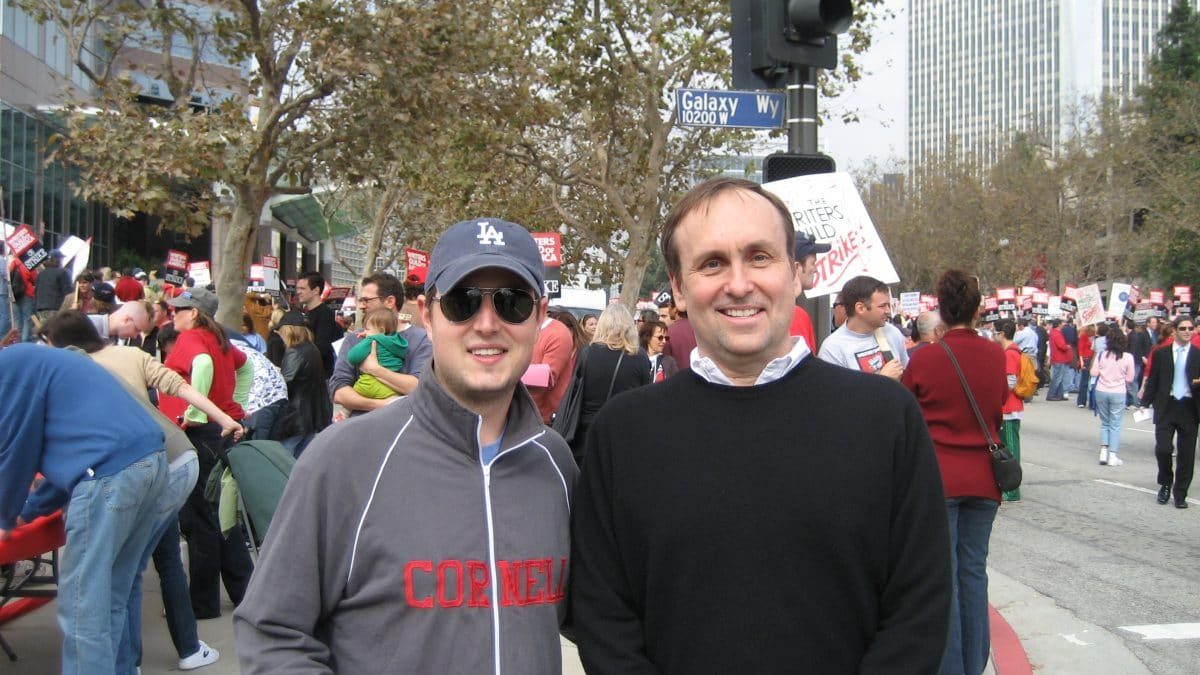
I’m stuck.
I give up.
I’m a bad writer.
You fix it.
I don’t know how to proceed.
What’s my 3rd Act?
Is this funny? Should it be scarier? Do I need another sex scene?
I don’t have a Midpoint. What should my Midpoint be?
What’s my All Is Lost? What page should that be on anyway?
These are all common concerns heard from writers. They get “stuck.” And they don’t know where to go. They start relying on formula. They start relying on a quick fix. They start copying other films thinking it will lead to similar success.
But what if none of that is right? What if we have to look somewhere else for the answers?
When I was a working writer in Los Angeles I suffered from similar struggles, as we all do. And then one weekend I attended a writers’ workshop at the Writers’ Guild of America West. It was a Saturday morning get-together for Guild Members, taught by some of the most successful working writers in the biz.
I was lucky enough to be in Billy Ray’s workshop. He’s one of the most sought-after screenwriters, with such credits as Captain Phillips, The Hunger Games, Shattered Glass, and Breach—and he told us a secret to writing that forever changed his career.
Billy Ray reached into his front shirt pocket and pulled out a 3 x 5 card.
On the front of that 3 x 5 card, Billy Ray wrote: “What is your hero’s simplest emotional journey?”
On the back side of the card, he answered that question as it related to the current story he was telling.
Billy Ray keeps this 3 x 5 card with him during the entire writing process and the filming that follows.
Why? Why would such a simple and organic prompt be so helpful and so universal?
Because it’s talking about Blake Snyder’s favorite word: Transformation. Billy Ray obviously realizes that stories are about transformation, and if we know the emotional journey of our hero, then we can work backwards and devise plot and external events accordingly.
Let’s take a closer look.
If we know our hero starts out timid and lacks confidence, and then in the course of the story grows and grows, and ultimately is able to have more confidence and trust in self—well, what a lovely and primal emotional journey! But we must “map” that emotional journey with plot points that generate the emotions.
If we look at the plot of The King’s Speech, we see that writer David Seidler uses physical events to procure the protagonist’s emotional experiences. In the third act, giving the radio address is what ultimately shows the King’s growth and newfound confidence—his transformation—and informs the entire ending of the story. “Radio address” was Seidler’s key plot point, the external event that signals his protagonist’s internal growth.
It wasn’t a gimmick or a trick, just as Billy Ray’s key story points aren’t gimmicky. They are the points—in some cases, turning points—on the road to transformation.
So take another look at the questions at the top of this blog post. One answer is to go internal. Discover your hero’s simplest emotional journey and then build your beats and your plot with external events that deliver that journey.
And consider buying a big stack of 3 x 5 cards… it’s a cheap way to help you get “unstuck”!
Ben Frahm
1 Comment
Leave a Reply Cancel reply
You must be logged in to post a comment.










I love this post. It hits the nail right on the head. All stories are about transformation–internal transformation. We look to the hero of a story to show us his or her internal change. We do this in order to gather useful or critical information that will help us fix our own broken lives.
Stories more than just entertainment. They give us the equipment we need for survival.
Stories are the original virtual reality, allowing us to experience various scenarios of danger and heartbreak, and even allowing us to feel what it would be like to experience a myriad of troubles–all without us actually having to endure their resulting hardships
firsthand.
The information we learn from these stories is stored in the unconscious part of our minds. Then, if we ever have to solve a real-life problem, we can recall something we learned from a story that might help us solve it easier.
By zeroing in on the hero’s emotional journey toward inner change, a storyteller can give the viewer what she wants most–valuable information on how to navigate her own reality by giving her the opportunity to vicariously navigate the reality of the hero. As a result, the viewer ultimately transforms internally with the hero.
This is what separates ordinary movies or books from the great ones–the hero’s simplest emotional journey.